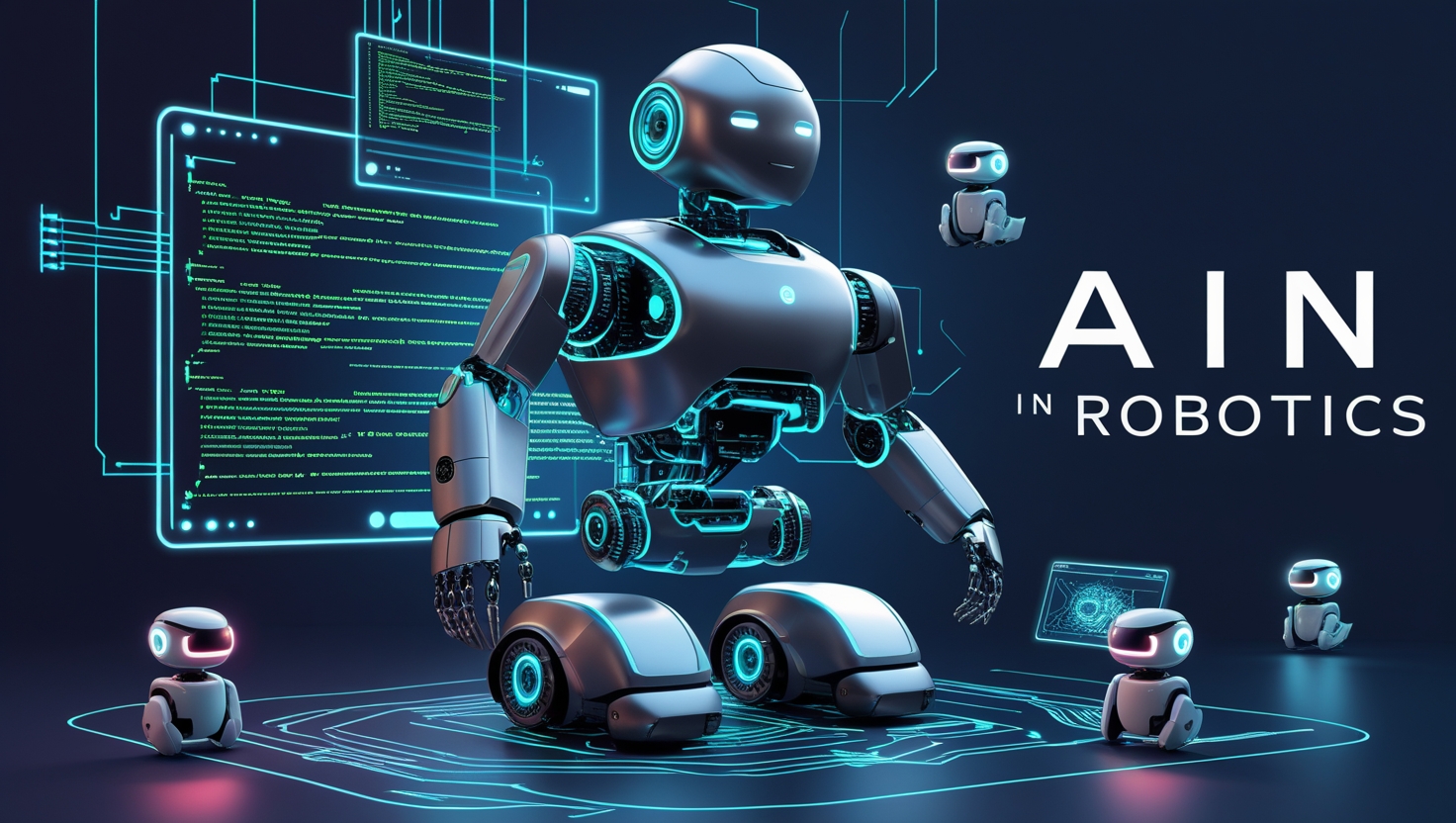How AI and Robotics Come Together
Artificial Intelligence (AI) and robotics are a powerful combination, enhancing the intelligence and usefulness of robots. Let’s explore how they work together.
The Basics of Artificial Intelligence
AI encompasses machine learning, deep learning, natural language processing, and computer vision. These technologies enable robots to understand and interact with their environment. AI can be narrow (task-specific), general (human-like), or superintelligent (beyond human capabilities). Machine learning allows robots to learn from data, improving their performance over time.
The Subfields of Robotics
Robots consist of sensors (to perceive), actuators (to move), controllers (to decide), and power supplies (to operate). They come in various types, such as industrial robots, service robots, and medical robots, each designed for specific tasks.
The Synergy of AI and Robotics
AI enhances robots’ perception, decision-making, and adaptability. For example, AI-powered robots in warehouses can recognize and move objects, while autonomous vehicles use AI to plan optimal routes. This synergy makes robots more capable and versatile.
Applications of AI in Robotics Across Industries
AI-powered robots are transforming various industries. Here are some key applications.
Manufacturing and Automation
AI robots assemble products, perform quality checks, and predict machine maintenance needs. This increases efficiency, reduces errors, and speeds up production in factories.
Medical and Healthcare Robotics
Surgical robots assist doctors with precision surgeries, while robotic aides help nurses care for patients. AI also aids in disease diagnosis, improving healthcare outcomes.
Supply Chain Management
Autonomous mobile robots (AMRs) and drones optimize warehouse operations and delivery routes. AI streamlines logistics, saving time and costs.
Agriculture and Precision Farming
Robots plant seeds, harvest crops, and monitor plant health. AI helps farmers maximize yields, reduce waste, and minimize pesticide use, making farming more sustainable.
Advantages of AI in Robotic Systems
AI enhances robots’ efficiency, precision, safety, and adaptability. Here’s how.
Enhanced Efficiency and Productivity
Robots can work 24/7 without fatigue. AI optimizes workflows, reduces downtime, and increases production speed.
Improved Precision and Accuracy
AI algorithms enable robots to perform tasks with high precision, reducing errors. This is crucial in industries like microelectronics and healthcare.
Enhanced Safety and Lower Risks
Robots can perform dangerous tasks in environments like mines, nuclear plants, and disaster zones, keeping humans safe.
Increased Adaptability and Flexibility
AI allows robots to learn new tasks and adapt to changing conditions in real time, making them more versatile than traditional robots.
Challenges and Future Trends in AI Robotics
Despite their potential, AI robots face challenges. Let’s explore these and the future of the field.
Ethics and Mitigating Bias
AI algorithms can inherit biases from their training data, leading to unfair outcomes. Establishing ethical guidelines is essential to ensure fairness.
Overcoming Technical Hurdles
Improving sensors, AI algorithms, and human-robot collaboration are ongoing challenges. Advancements in these areas will drive progress.
The Future of Human-Robot Collaboration
Humans and robots will work more closely in the future. Training programs will help workers adapt to this collaboration, creating a more productive workforce.
Practical Tips to Get Started with AI in Robotics
Interested in integrating AI into robotics? Here’s how to begin.
Identifying Applications
Assess your needs and identify problems that AI robots can solve. Focus on areas where automation can add value.
Building a Skilled Team
Hire or train experts in AI, robotics, and software development

